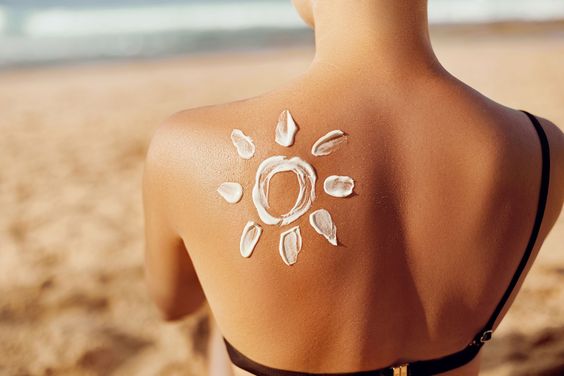Introduction
Exposure to the sun is an inevitable part of life, and its warmth can be incredibly enjoyable. However, the sun emits ultraviolet (UV) radiation, which, while essential for vitamin D production, can be quite damaging to our skin with excessive exposure. To maintain healthy skin and mitigate the risk of premature aging and skin cancer, it's crucial to prioritize sun protection.

This involves adopting a multi-faceted approach that goes beyond simply applying sunscreen. This article will delve into various sun protection procedures, empowering you with the knowledge to enjoy the sun safely and responsibly. From understanding UV radiation to choosing the right protective measures, we'll cover it all.
Understanding UV Radiation and Its Effects
The sun emits different types of UV radiation, but the two most significant for skin health are UVA and UVB rays. UVA rays penetrate deep into the skin and are primarily responsible for premature aging, such as wrinkles and age spots. UVB rays, on the other hand, primarily affect the surface layers of the skin and are the main culprit behind sunburns. Both UVA and UVB rays contribute to the development of skin cancer, making protection from both types essential.
Sun Protection Procedures: Shielding Your Skin from the Sun
Protecting your skin from the sun requires a multi-pronged approach. Here are key sun protection procedures:
1. Sunscreen Application:
- Choose a broad-spectrum sunscreen that protects against both UVA and UVB rays.
- Opt for an SPF of 30 or higher.
- Apply sunscreen generously to all exposed skin 15-20 minutes before sun exposure and reapply every two hours, especially after swimming or sweating.
2. Protective Clothing:
- Cover up with lightweight, loose-fitting clothing that covers as much skin as possible.
- Consider wearing wide-brimmed hats to shield your face, neck, and ears.
- Sunglasses that block both UVA and UVB rays are essential for protecting your eyes and the delicate skin around them.
3. Seek Shade:
- When the sun's rays are strongest, typically between 10 a.m. and 4 p.m., seek shade under a tree, umbrella, or other shelter.
4. Stay Hydrated:
- Drink plenty of water throughout the day, especially during and after sun exposure, to keep your body hydrated.
5. Be Mindful of Medications:
- Some medications can increase your skin's sensitivity to the sun. Consult your doctor or pharmacist about potential photosensitivity risks associated with your medications.

.jpg)